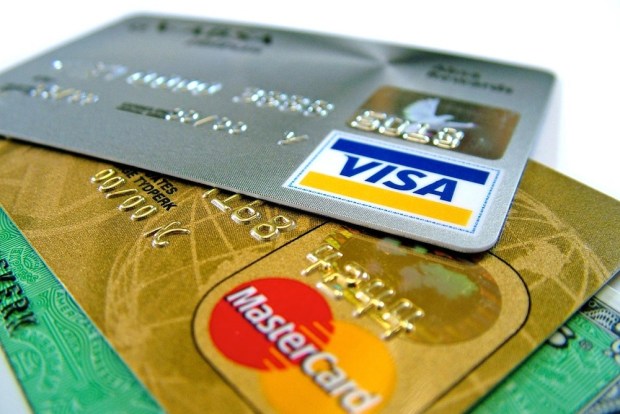Credit Card Debt Tops $1 Trillion

Credit card debt has surpassed the $1 trillion market in the U.S., joining student loan and auto debt to reach more than $1 trillion.
According to a report in The Wall Street Journal citing new data from the Federal Reserve, credit card debt has hit its highest level since the most recent recession. The Fed data shows that U.S. consumers owe $1.0004 trillion in credit card debt, which is a 6.2 percent increase from last year and a 0.3 percent uptick since January, noted the report. With the new data from February, the WSJ noted credit cards are now the third consumer lending category that has surpassed $1 trillion in debt in the last few years. Auto loans was first to reach, while student loan debt was second. Now credit cards are in the same outsized range in terms of debt.
The paper noted the increase in credit card debt comes at a time when more Americans are delaying purchasing homes and borrowing to purchase other items. Mortgages represent a smaller amount of the overall consumer debt than in 2008, while auto and student loans have increased. While consumers have been taking on debt in seemingly record numbers, economists aren’t sure how long this will last. Unemployment is hovering at lows, but there are concerns rising interest rates could impact borrowers’ ability to pay back their credit card debt.
“The situation for the consumer is positive right now, but … there are always risks associated with accumulating debt,” said Dana Peterson, economist at Citi Research, in the report. “Rising interest rates will increase those risks over time.”
Currently most borrowers are able to pay their debt on time, but with slackening underwriting standards in a bunch of different loan categories, there are some warning that lenders could face higher losses down the road.
